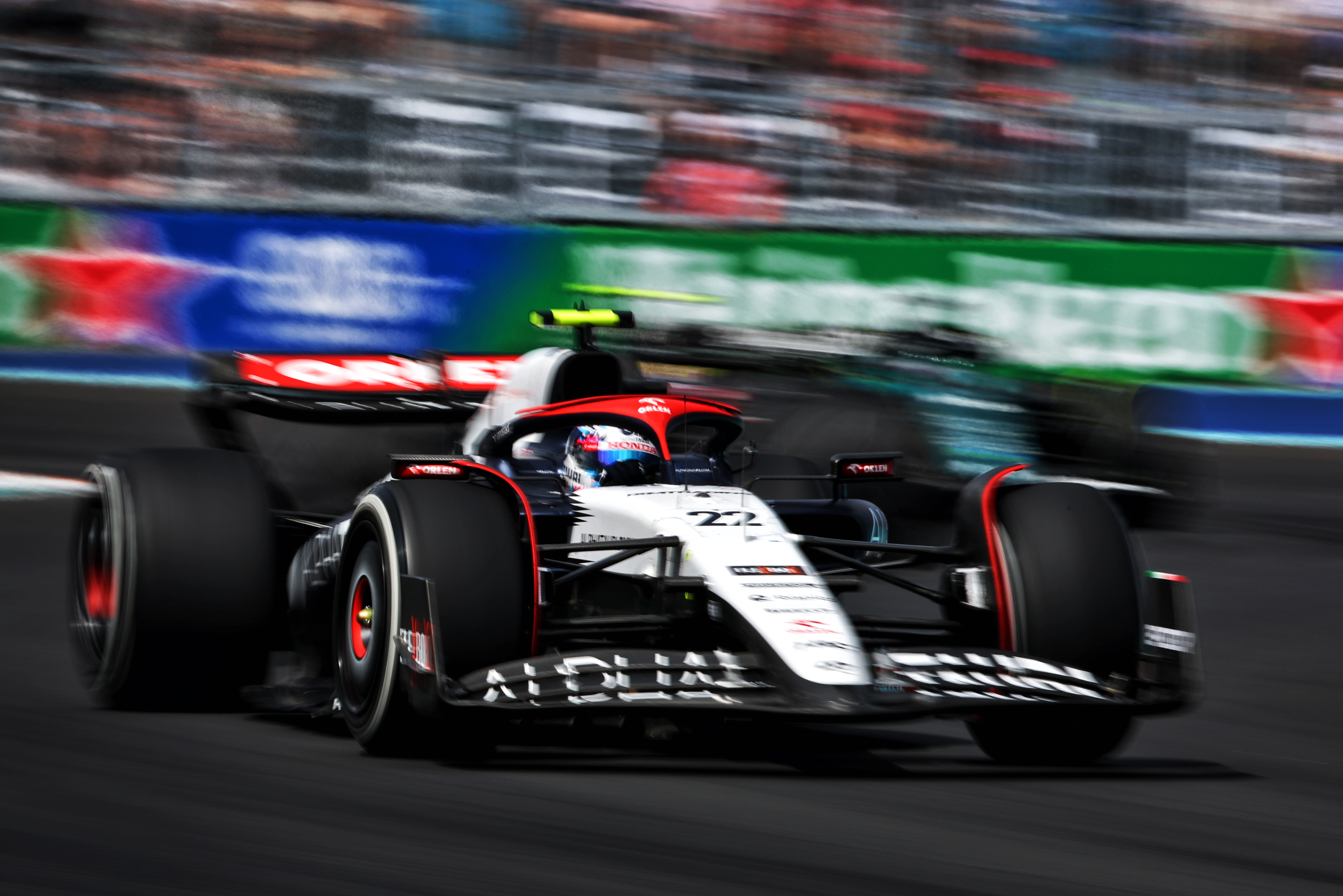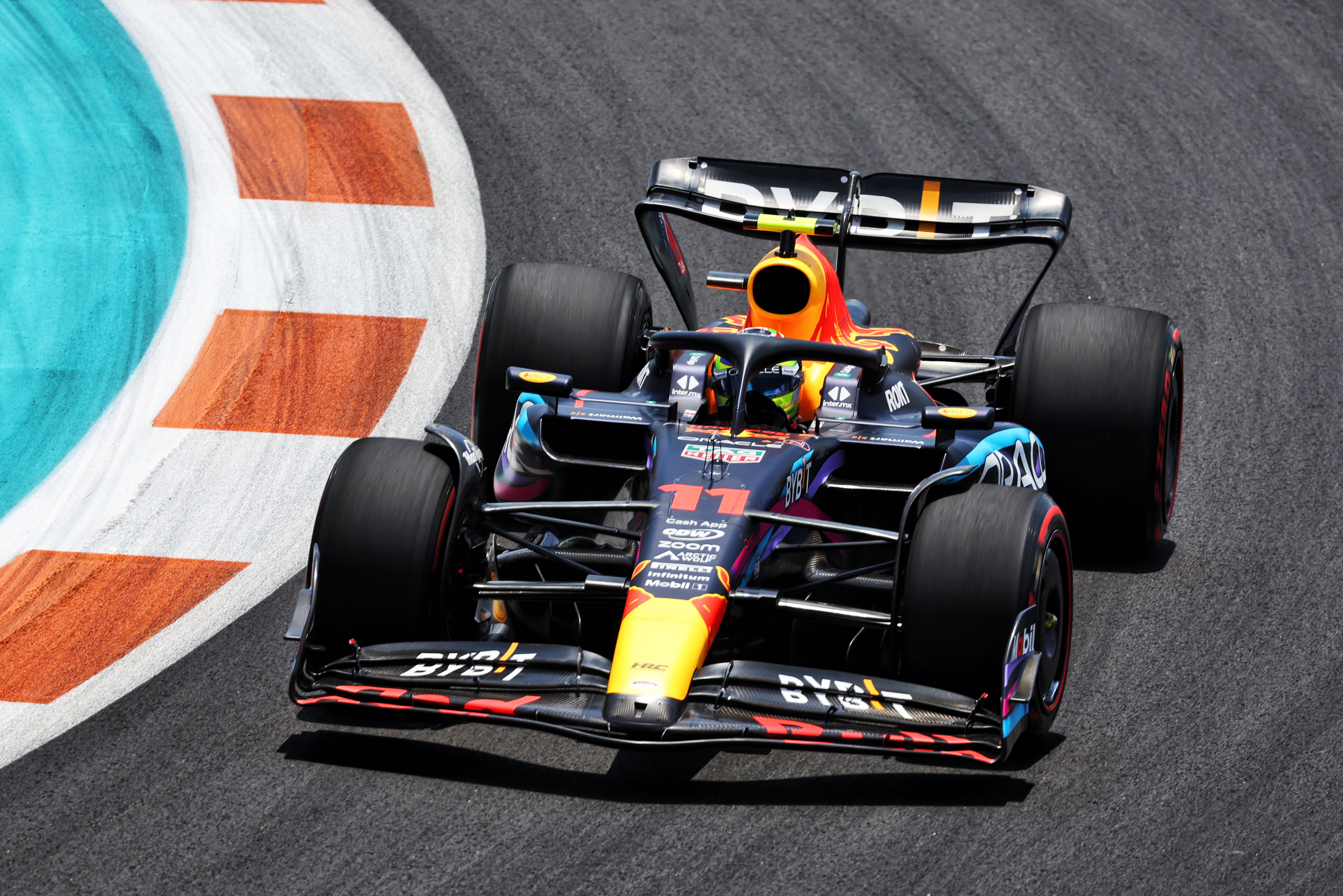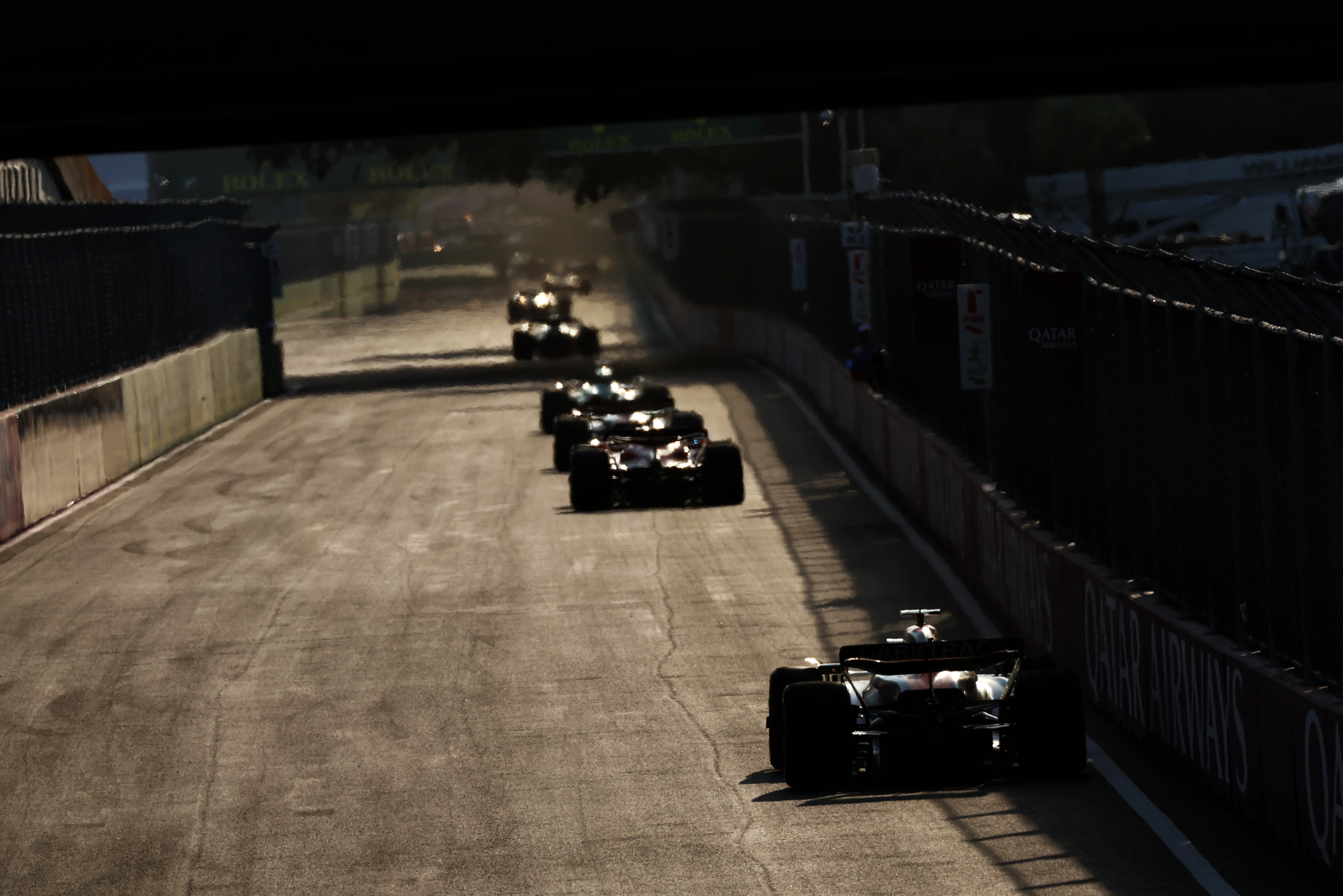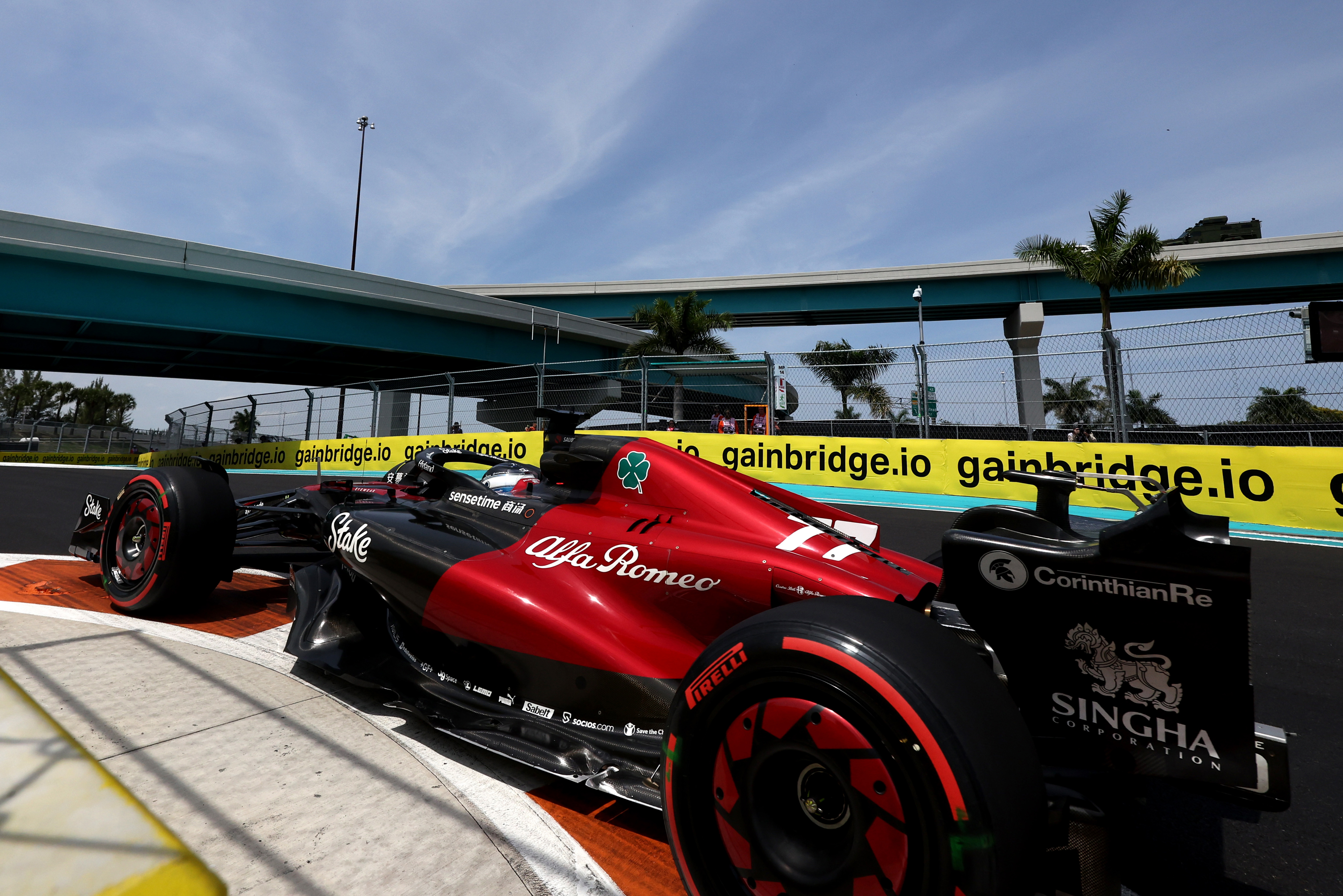Up Next

One of the many knock-on effects of the cancellation of the Emilia Romagna Grand Prix for Formula 1 on-track is for Pirelii, given Imola was to be the first run using the ‘alternative tyre allocation’ regulations.
That was one of two changes related to the tyres for Imola, the other being the introduction of the new wet tyres that do not require tyre blankets. While the new wets are a permanent change and will now be used from the Monaco Grand Prix onwards, it has yet to be decided when the first alternative tyre allocation weekend, which gives drivers fewer sets of tyres and imposes new restrictions on how they must be used in qualifying, will be.
The second ATA event was set to be at the Hungaroring in July, but given the rules allow up to two such events it’s possible that the FIA could decide to run one before then.
Here’s everything you need to know about how one of F1’s lower-profile format tweaks would have worked at Imola, and how it might play out when F1 finally gets to try the system.
What is the alternative tyre allocation?

The alternative tyre allocation (ATA) was added to the sporting regulations for 2023. It allows this modified allocation to be used at up to two events this season.
Why does the ATA rule exist?
The ATA regulations are an experiment to evaluate a way to cut the number of tyres used on a grand prix weekend. It means a reduction of 160 slick tyres per weekend and therefore potentially could be scaled up to allow F1 to use 3840 fewer tyres across a 24-race season.
Unlike other format experiments, this is not motivated by a desire to spice up the show but simply to evaluate a way of pursuing F1’s sustainability objectives by cutting tyre consumption.
“The target is to reduce the number of tyres that they’re going to use without damaging the show,” is Pirelli F1 boss Mario Isola’s explanation.
What was the tyre allocation for Imola?
Each driver would have had 11 sets of slick tyres at Imola, compared to 13 for a regular weekend. The alternative tyre allocation comprises three sets of hards, four sets of mediums and just four sets of softs.
That’s one extra set of each of the hards and mediums compared to a standard weekend but with the number of soft sets available halved from the usual eight.
The three softest compounds were allocated for the Emilia Romagna GP, with the hards C3, mediums C4 and softs C5.
How does it impact qualifying?

To make the reduced allocation work, the rules dictate what compound can be used in each stage of qualifying.
For Q1, hards must be used, then mediums in Q2 before softs are used for the Q3 top-10 shootout.
How does it affect practice?

There are no additional restrictions on how tyres are used during free practice. But it’s reasonable to assume those likely to reach Q3 will be keen to keep two fresh sets in hand.
Most likely, that means the top teams will use one set of softs in FP2 and another in FP3 with the rest of practice running on mediums and hards.
How does it affect the race?
The revised allocation will mean an unusual distribution of what tyres are available for the race, although it depends how teams opt to consume tyres through the rest of the weekend.
It’s possible that with judicious use of tyres in practice teams could have two sets of hards and two sets of mediums available for the race, something that becomes easier if rain strikes on Friday and/or Saturday, meaning potentially more varied strategic options.
When will the ATA be used again?

There is no reason why the plan to use the ATA at the Hungarian GP will be changed, but the FIA might be keen to run it for the first time before then. Given this is a trial for a tyre allocation that could be used permanently, it’s could be that there will be an eagerness to have two weekends’ worth of data before the summer break. But that depends on the practicalities and which tracks are considered suitable.
What about the wet tyres?
The ATA doesn’t impact the wet-tyre allocations, but there is a significant change to the full-wet tyre specification.
This was due to be the first time Pirelli took its blanketless wet tyre to a grand prix weekend.
While the blanketless slicks that have been tested for possible use next year have been criticised, those who have trialled the wet-tyre specification without any form of tyre warmers have been positive about its warm-up characteristics.
What do the drivers think of it?

The ATA has not been hugely controversial, although there had been talk of concerns about the qualifying regulations should the temperatures be cool. Getting heat into the hards in Q1 for a qualifying lap with a low track temperature wherever the ATA is next used could mean multiple warm-up laps.
As Max Verstappen warned previously, “I hope it’s not going to be cold at Imola, otherwise it’s going to be quite tricky”. He then went on to question the need for the change, although that was from the perspective of it spicing up the show rather than the need to reduce the number of tyres consumed.
Some drivers might question the move, although this is the reason trial weekends are being run to see how it plays out in reality.





